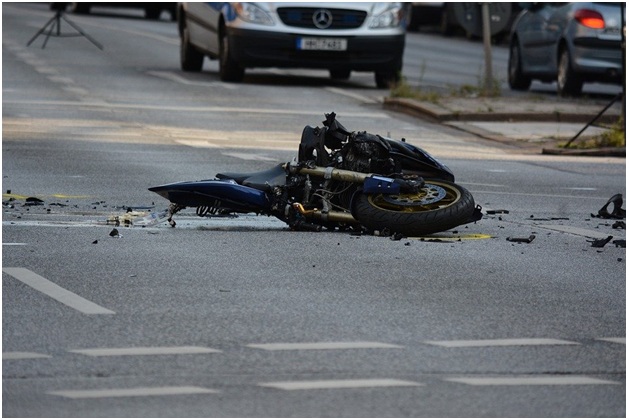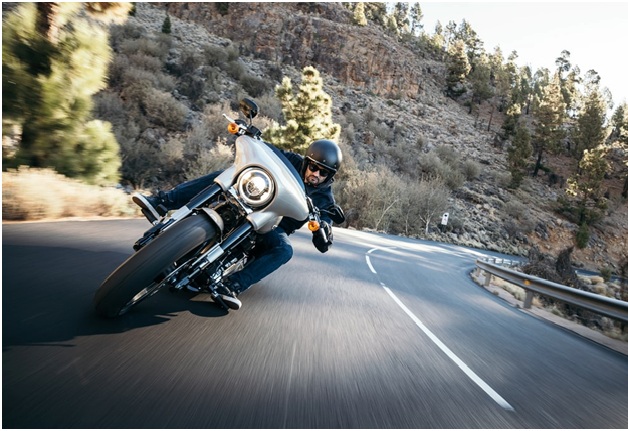
If you’ve been riding a motorcycle since childhood or have recently learned to ride one by yourself, you’ll probably understand the thrill and convenience of motorbikes. From being one of the fastest ways to getting around roads with congested traffic to the exhilarating feeling you experience with the wind in your hair, motorcycle drivers just can’t imagine any other way of navigating around. Here is a complete guide to winning your motorcycle accident case.
While motorcycles can be attributed to having myriad benefits, did you know that they represent approximately only 2% of the traffic? They also account for over 21% of severe injuries and deaths resulting from motorcycle accidents.
A motorcyclist is 54 times more likely to be killed than a car driver in the unfortunate event of a road accident. This is precisely why motorcycle accident cases hugely differ from car accident ones and often lead to higher settlement offers. Since such accidents can either be fatal or permanently disabling, winning personal injury motorcycle accident cases almost becomes a necessity. Read more to learn briefly the elements involved in motorcycle accidents.
Tips To Mitigate Chances Of Accidents
Table of Contents
- Stay Alert: Always take a glance over your shoulder before making a move, particularly at roundabouts and road junctions.
- Be Visible: Try to wear fluorescent clothing and practice using dipped headlights even during the day.
- Maintain Stable Position: Center of the lane is typically the safest place for motorbikers to ride but ensure your indicators are functional when you’re preparing to make a turn and always turn from the legally correct side.
- Careful Overtaking: Ensure that you can see the path ahead clearly before attempting an overtake as they’re a significant cause of such accidents, especially when riders try to overtake near a bend or junction.
- Maintain Sensible Speed: When you ride at a reasonable speed, it allows you to slow down or stop as soon as you spot a hazardous situation. If it’s snowing, raining, or foggy, take extra care to avoid slipping.
Personal Injury Cases: The Fundamentals
While a lot is at stake, including lost wages, medical bills, pain, and suffering, it’s also crucial to proving the other party’s negligence for a personal injury claim to be successful. Legally speaking, negligence refers to a person failing to meet the duty of care that any reasonable individual ideally would.
In the case of motorcycle accidents, negligence can be irresponsible behavior such as over-speeding, texting while driving, driving under the influence, or running a red light. If you’re the plaintiff, you and your lawyers should establish these four main elements for the case to proceed:
- Duty Of Care: This states that it was the defendant’s duty to act responsibly so that the risk of injury, whether to themselves or others, could’ve been limited.
- Breach Of Duty: The defendant didn’t showcase responsible behavior or live up to standard safety measures or expectations
- Damages: The damage suffered by the plaintiff, such as injuries or related expenses.
- Causation: The fact that the damages you suffered were caused only due to negligence on the part of the defendant’s actions and not any other external cause.
What Happens If Plaintiff Wasn’t Wearing The Safety Gear?
Even if the plaintiff wasn’t wearing a helmet when the accident occurred, it doesn’t mean that they’re not entitled to adequate compensation. But just like there are laws pertaining to car drivers wearing seat belts, most states also have laws in place where motorcyclists are required to wear safety gear.
Opponents of such laws base their criticism on freedom of choice, whereas the proponents may easily cite statistics showing that wearing helmets results in lowered rates of impactful injuries or fatalities. Regardless of which side of this never-ending debate you support, the crucial thing to remember is that your decision of wearing or not wearing safety gear could impact your ability to successfully pursue a personal injury lawsuit against the one who caused the accident.
In short, if you decide to ride without a helmet in a state where it’s mandatory, it may result in the law charging you for negligence apart from limiting or totally barring any compensation against the other party. Speaking to a proficient personal injury lawyer is the best way to find out whether you should pursue the lawsuit.
If The Plaintiff Was Partially At Fault, Can They Still File The Personal Injury Case?
The majority of the states operate on what is known as the comparative negligence status when dealing with vehicle accidents. What this means precisely is that the court will give a judgment based on the facts surrounding the case, such as the percentage of fault that can be attributed to the plaintiff versus the defendant.
Another type of negligence, namely contributory negligence, can also affect the motorcycle accident case. It involves a victim not being entitled to any compensation if they’re found to be negligent or at fault in the accident case.
Will There Be A Need To Go To A Trial For Motorcycle Accident Cases?
While most motorcycle accident cases don’t make it to trial as they’re settled beforehand, once an agreement is reached between the accident’s victim and the party at fault, if it does go to trial, you should look into hiring an experienced attorney.
Working alongside a reputable attorney dramatically improves the chances of winning personal injury cases. They can help you navigate complicated legal jargon, negotiate on your behalf, and build a strong case that helps you win the compensation you deserve for the ordeal.

















